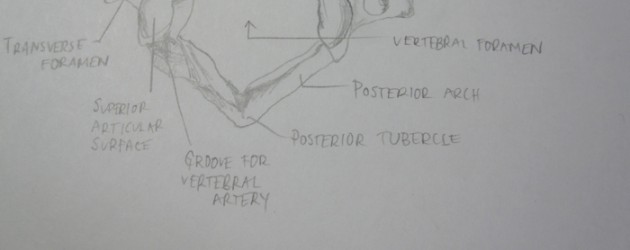Surgical removal of the lens is currently the only method of treating a cataracts, and there are a variety of different ways it can be done. The most common modern surgery is called phacoemulsification, and it involves using ultrasonic waves to break up the lens while it’s still in the eye, then essentially using a vacuum to remove the pieces. In the case of advanced cataracts, surgeons may elect to use a femtosecond laser in addition to ultrasonic waves. An intraocular lens (IOL) is then implanted into the lens capsule which reinstates clarity of vision. A person with an IOL in place is considered to be pseudophakic.
There are many different kinds of IOLs that can be implanted during cataract surgery. For example, toric IOLs are indicated in patients with significant amounts of corneal astigmatism. Most standard IOL lenses allow for emmetropic distance viewing, but with recent improvements to the IOL technology, there are options that allow for both distance and near clarity, such as multi-focal IOLs or accommodating IOLs. Multi-focal IOLs work with a mechanism analogous to simultaneous vision multifocal contact lenses, providing two focuses of light on the retina (one for near vision, one for far vision), where the patient essentially “trains” their brain to pay visual attention to whichever focused light ray is necessary in the current viewing situation. Accommodating IOLs allow for near vision with a unique mechanism that allows the patient to retain some accommodative ability (but not a full range). This gives patients a little more glasses-free flexibility when viewing objects at different distances.
Cataract prevention and treatment is an area undergoing a tremendous amount of research. For example, Wavefront ORange technology allows for mid-surgery aphakic wavefront refractions, to provide patients with the best possible post-surgery vision. Another technology (still under development) allows for fully autonomous robotic cataract surgery, thanks to the rise of machine-learning and artificial intelligence.
While surgery is currently the best option for cataract management, studies are investigating less invasive, non-surgical methods of cataract treatment. This could be especially useful in patients that have conditions resulting in contraindications[1] to cataract surgery, such as patients taking tamsulosin. Tamsulosin can cause floppy iris syndrome, which can lead to iris prolapse and increased cataract surgery complications. It should also be noted that patients suffering from dry eye will likely show an increase in symptoms post-cataract surgery, so be ready to manage these patients appropriately. Other conditions that show a co-morbidity with cataracts include diabetes, ocular surface disease, retinal disease or detachment, etc.
Despite an extremely low complication rate in cataract surgery, complications are possible. Cataract surgery is most often done one eye at a time to help minimize bilateral complications. Some complications are more serious than others, such as endophthalmitis or retinal detachment. Some, such as posterior capsule opacification (PCO), are treatable. PCO occurs as lens epithelial cells migrate to the posterior capsule post-surgery, and can be treated by YAG laser (take note optometrists in Kentucky, Louisiana, and Oklahoma!).
One non-surgical cataract removal modality currently receiving a lot of attention is eye drops. For example, lanosterol, a non-FDA approved drug, has been shown to reverse protein aggregation of cataracts in some controlled experiments, which may lend way to the innovation of other surgery-free cataract treatments. However, there are also studies that state that lanosterol does not reverse opacification of cataracts in humans. Much more work needs to be done before eye drops can be thought of as an alternative to cataract surgery.
Cataracts are becoming more and more common in our aging society, so it’s important to stay up to date on all facets of research to best serve our patients!
[1]Koch, Douglas D., and Thomas Kohnen. “Indications and Contraindications In Cataract Surgery.” Cataract and Refractive Surgery, Springer-Verlag Berlin Heidelberg, New York, 2005.

